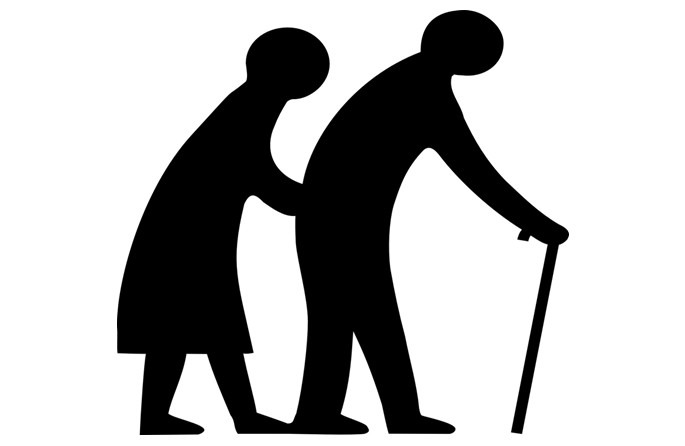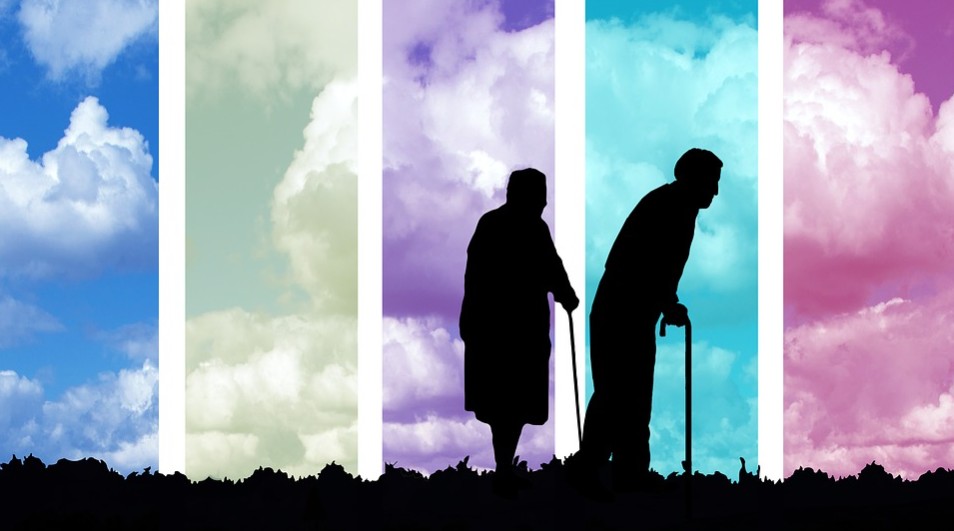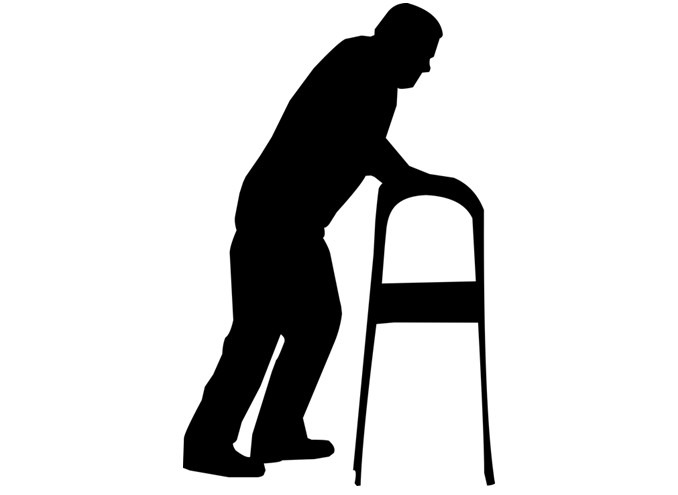When a person reaches old age, they face various problems, mental and physically. In these critical times, an elder requires more care than an average person. Many people take help from caregivers while others think it would be best to have the care for the elderly themselves. One of the most common problems seen in elders is gait disorder. However, with some diagnoses, it can be treated to a great extent.
What are Gait Disorders?
Gait is the mechanism of walking and balancing with certain movements. Gait is dependent upon physical and mental aspects of the human body which include ears, eyes, brain, muscles, human sensory nerves, and the neurological system as well. A Gait disorder means when there is an underlying condition with any of the aspects mentioned above leading to different types of walking and balancing problems.
Gait disorders have become increasingly common and if they are not addressed on time, they can lead to long-term consequences for the person being affected. Walking is a more complicated activity than most of us realize. We think that perfectly balancing ourselves is no tough job but it is only because several body parts in the human body are in perfect coordination which can get abnormal at times. Many people having problems with legs, feet, or even the upper body, and mind senses such as coordination could face a gait disorder.
If your loved one is suffering from gait disorders, it is a good idea to have a fall safety floor mat to keep him or her safe. You can learn more about this through our Guide to Selecting Fall Safety Floor Mats.
Types of Gait Disorders
Spastic Gait
Abnormal walking, or gait disorder, can be further divided among many types and one of them is the Spastic Gait Disorder. This means that a person drags his or her feet while walking instead of walking with proper steps. A surprising thing is that this disorder is also found in young people. In this type of disorder, a person may appear very stiff when walking. This kind of disorder is easily spotted when people are not walking properly and their shoes are making an irritating sound.
Scissors gait
A Scissors Gait Disorder is a rare but severe one. Many people may not have come across any person who has both of his legs colliding or crossing each other which is usually the case with a person suffering from the Scissors Gait. The legs do not have a regular motion rather they have a crossing pattern that resembles the pattern of an opening or closing of scissors. This is why it is called the Scissors Gait. A person with this problem will have his legs bend inwards and this is the way you can spot them or by their way of walking.
Steppage Gait
Steppage Gait is one that is difficult to spot because it occurs due to a problem in a person’s toes. This is one disorder that is quite painful too since the toes of a person scrape against the ground as a person takes his steps since the toes are pointed forward. Normally, this disorder isn’t seen but if a person has had any kind of injury, this could happen.
In certain Chinese Cultures, there has been a tradition to close the toes of young babies and children tightly with coverings by lotus shoes, special shoes made for this purpose. This process is known as foot binding. Earlier, it was more common because it was considered a sign of beauty. It could also be one reason why someone might be facing a Steppage Gait disorder.
Waddling Gait
Waddling Gait is the one where a person moves from one side to another while walking. If you see someone who is not walking in a proper motion rather he or she is having a swinging body, they are most likely facing a Waddling Gait disorder. This type of disorder could be neurological or it can happen due to muscle weakness in the pelvic girdle. This is a bowl-shaped muscular system that connects the torso to the hips and legs.
With Waddling Gait Disorders, people may not be able to maintain their balance or face certain difficulties. As a result, many who face this disorder walk slowly rather than taking smooth abrupt steps like a normal person. This is done to ensure that they can maintain balance most appropriately. Waddling Gait disorders are most likely seen in elders because they have a fall in muscular strength due to their age.
Propulsive Gait
Another common disorder in the elderly is Propulsive Gait disorder. Although there are no difficulties in walking, a person may have an abnormal walking posture. This is because the person will have his head or neck in a pushed-forward position. This disorder can appear as if a person is holding on to a slouched position.
This can be caused due to a neurological condition or any muscular problems in the upper human body that connects the neck to the body. People with parkinsonism disease can face this problem. The steps of a person may become erratic and could go fast or slow. The entire head moves in an odd manner.
Other Gait Disorders
Other types of walking problems may be seen in a person because he is having a neurological condition that is restricting the human sensory movements making it difficult for the person to properly walk. For example, if a person has consumed a high level of Alcohol, they will be having uncertain starts and stops with unequal steps and possibly the chance of falling down. Gait disorders like these are not long-lasting and could resolve soon.
In addition to that, other gait disorders could also include a person not walking properly because he has a limp that is causing the abnormal gait. A temporary limp could be treated allowing the gait disorder to be resolved while someone with a more permanent limp will have this gait disorder for a long time. In either case, you can spot it easily through a full body examination mainly in the lower part that could be leading to this type of gait problem.
In case you have a person at home who has balance problems or any other gait disorders, you should consider buying bath grip mats. We have reviewed the best ones here – Best Grip Bath Mats for the Elderly.
Diagnosis of Gait Disorders
There are certain ways and methods through which the extent of a gait disorder can be evaluated. If you see the minor symptoms as we mentioned above, you should immediately contact a physician and arrange an appointment. If the issue is physical, the doctor will ask questions regarding the movement and conduct a thorough examination of your body. He will see if he finds any types of muscular problems or nerves that are not working in the right manner.
Performance testing is also one of how gait disorders are diagnosed. Hearing tests are conducted to see if the person is having proper hearing skills and is able to interpret everything that he hears in the right manner. Further hearing tests also include the inner ear tests to see if any issue prevails. This is important because the person who is facing a certain type of gait disorder could be in a neurological problem too. Vision performance tests can be conducted to see if the eye movement is fine or abnormal.
If there isn’t any issue in the vision or eyes, there can be a problem directly with the brain or the spinal cord. MRI or CT Scan is advised by the doctors so that it can be evaluated which part of the nervous system is causing the gait and balance problems. Nerve conduction study such as electromyogram is often used to elaborate more on any kind of muscular problems. Some doctors also advised blood tests to see if any blood issues are causing the gait.
Treatment of Gait Disorders
Fortunately, there are many ways to treat gait disorders but in a few cases, they are not treatable. For example, if the person is too old and cannot withstand any tough medication or therapies.
Physical Therapy
One of the most common ways to deal with gait disorders is physical therapy. The gait disorder can be caused due to a physically weak muscle or a nerve which can be treated organically by physical therapy. Physical Therapy may be required for 3 to 4 months or even more depending upon how serious the issue is and the extent of muscle spasms that are arising. Physical Therapy is one of the most recommended measures for the treatment of common gait disorders.
Medication and Treatment
In case the issue is neurological, extensive treatment will be required so that the gait of the body can be regained in the perfect manner once again. Medication and Treatment might also be required if physical therapy is not enough for the human body and medicines are needed to help with regaining muscle strength.
Learn more about how to deal with resistance in the case of elders – Dealing with Resistance When Caring for Elders.
Conclusion
With age comes a long list of medical issues and problems which may feel like a hassle but can be treated to some extent. Those who are having any kind of gait disorder should instantly seek medical attention else, these issues might grow and cause even more discomfort in walking and balancing. For the elderly who cannot get these issues treated, we recommend that they get as much rest as they can and consider physical therapies as advised by the doctors.





